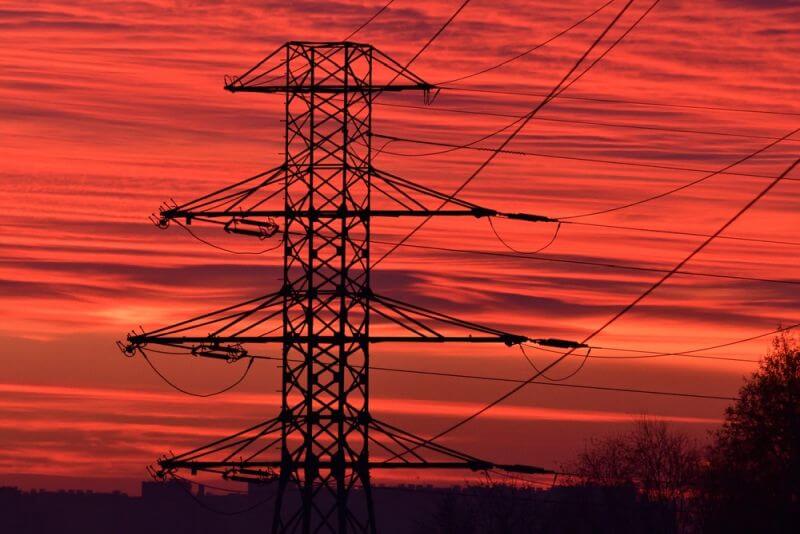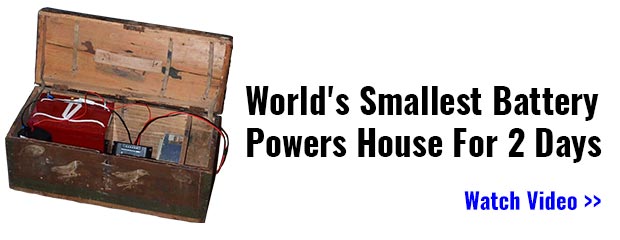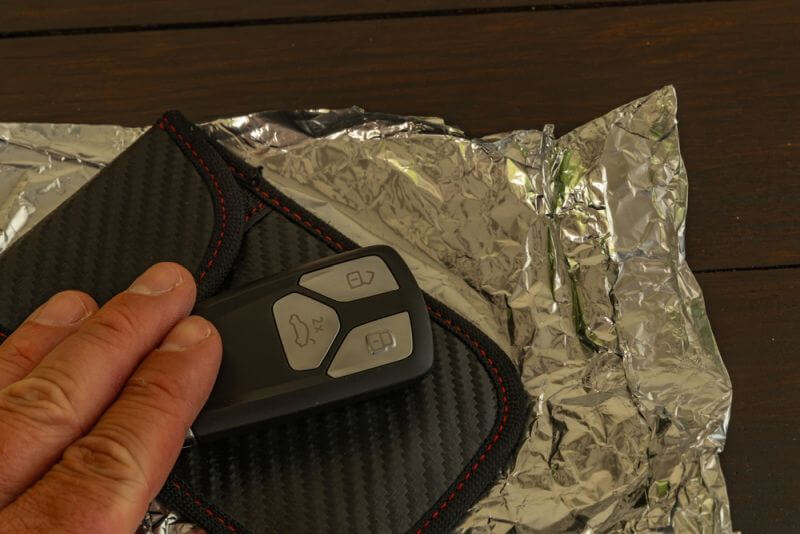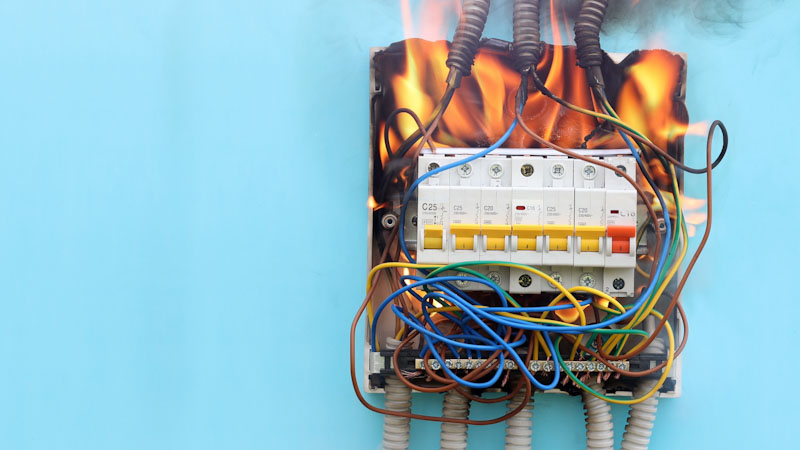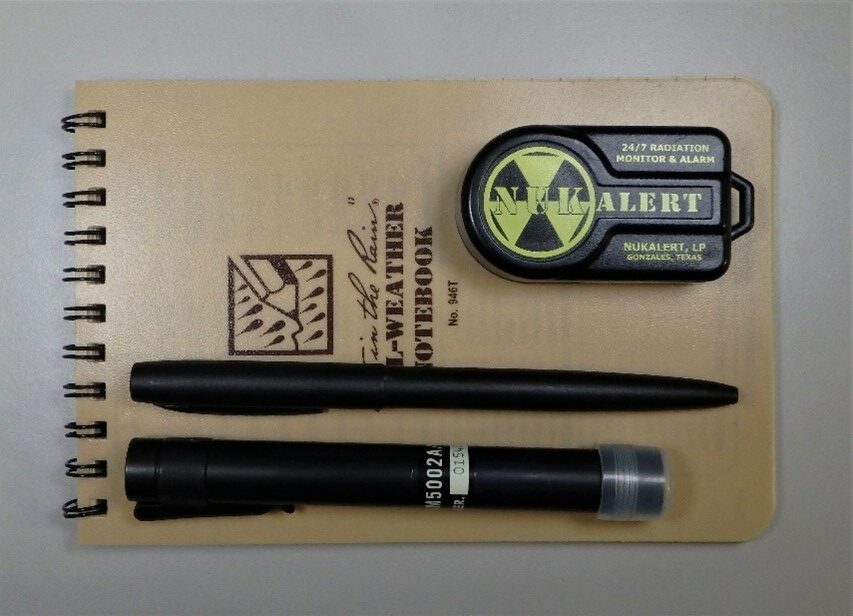If you look at a nighttime image of the Earth taken from space, it’s easy to see the extent to which nations are technologically “developed” by the light pollution. Europe and the US east of the Mississippi and along the West coast are lit up like a Christmas tree. It’s also a simple way to understand which nations are the most vulnerable to threats to the power grid.
The obvious threats to the grid include EMP, HEMP, cyberattack, and coordinated kinetic attacks against key power stations. But the US power grid is aging and fragile. It doesn’t take a Black Swan or a major known threat like nuke detonated in space, a cyberattack or terrorists shooting up transformers to take the grid down. Huge expanses of the North American power grid have been taken down by everyday occurrences like severe weather, unanticipated power demand due to wonky weather, overgrown trees, and even squirrels. Yes, squirrels cause many small power outages each year! And once in a while, they cause a big one. They have taken NASDAQ down at least twice, affecting millions of trades! (Wikipedia, 2024)
If we struggle to protect the power grid against squirrels, heat waves and cold snaps, what would a major hit from an X class solar storm do or a HEMP attack? Either one could take down the grid for months, at least. It is something that has never happened before in the history of mankind. The electrical grid has been built, piece by piece, over more than one hundred years. There is no manual on how to restart it because it has never been done. It would cause ripples that we struggle to even comprehend.
What do I mean by that? It could cripple the world economy. What happens to the US economy affects the world economy. Or remember the Fukushima Daichi nuclear accident? It was mainly caused by a loss of power and damage to the plant’s backup power systems due to an earthquake and resultant tsunami. HEMP could cause essentially the same result, only times nearly 100 reactors.
It could also last a lot longer than people think. Something like 90% of the very large transformers that step power up and down for transmission across the country are built in China, where nearly all our rare earth metals are refined. Each one needs tons of rare earth metals, most are custom built, and lead times are measured in months and years. So, it could take years to get the whole grid back up and we could be dependent on the enemy who attacked us to fix our grid. Not a good plan folks.
But there are a few places on the planet that would barely notice that the grid went down … at first. Nobody would have to tell folks in the USA and Europe that the grid went down. In the blink of an eye, we would be plunged back into the 1800’s … only without the tools or skills to live back then.
I don’t have to tell survivalists about this. Surely you are aware, as the effects of a prolonged blackout are standard post-apocalyptic cinema and television fodder.
It’s hard to comprehend a greater vulnerability. Yet, most folks refuse to even contemplate it, which is how they deal with most high order threats to humanity. “Well, if that happens, everyone else is screwed too!” So, their primary concern is not your survival, or the survival of their children, but, but that their performance is in line with other organisms that will be killed off by the threat? They should be congratulated. They have officially transitioned to another species. They were born Homo sapiens but now appear to be Ovis aries … domestic sheep.
But enough about the threat. How would people survive it? How would you survive it?
Grid Down Survival DIY Projects
You would survive how humans always survive. You would adapt.
Today, when they have a problem to solve, most people reach for either their cellphone or their wallet. Without Internet access, you could still reach for your cellphone as long as you have saved all of the books and DIY projects ahead of time and have installed a local .pdf reader and have a way to power it. But without power or banks, you will need to reach for your library or our tools instead of your wallet.
A while back, I teamed up with an architect to write Survival Sanctuary, a book full of DIY projects including many of those listed below. We wrote it save folks the work of hunting down the survival DIY projects they need and saving them.
Here is a list of DIY projects to save ahead of time because it will be too late once the power is out. The list focuses on survival needs such as: security, medical, shelter and warmth, water, food and information and communication. It’s not meant to be an all-encompassing list, but it should get you thinking and hopefully planning.
- Perimeter Alarms
When properly positioned, perimeter alarms can alert you to a home invasion, giving you time to arm yourself. They can be battery operated or pyrotechnic. They may also cause would-be home invaders to hesitate or even abort their raid. I have used them many times. I have yet to have anyone spot a tripwire and they give folks a good scare, so I wouldn’t test them on anyone you know has a heart condition.
- Concealed Exit
Survivors sometimes survive by running instead of fighting. Installing a concealed exit somewhere where there is not a door or window to watch can help you escape to a preprepared ratline without getting caught.
- Wood Burning Stove Retrofit
You’ll need to heat at least one room of your home in winter and cook food. When other fuels run out, survivors typically turn to wood and have burned furniture, wood flooring and even opened walls to remove wooden studs to burn when cold.
With a little planning and forethought, you can install a stove jack in a window and lay down fire resistant brick or sheathing to safely retrofit your home with a wood stove until power is eventually restored.
- Handcart or Wagon
You will be doing a lot of scavenging. How far is the nearest source of surface water to your home? Even if it’s just 50’, it is easier to haul water using the wheel than carrying it on your back. If it’s a block away or more, it would be ridiculous to haul it without a cart of some sort. There are may good handcart designs online, including the “Africart”, which is a simple cart designed so that any African village carpenter can build it.
Click HERE to Get the World’s Smallest Battery, That Powers Your House For More Than 2 Days!
- Biosand Filter
When the power goes down, it takes down water treatment plants. In my prior career, my company built the computers that powered one of the water treatment plants in Phoenix and it gave me some incite to the workings of water treatment plants. Even back before the year 2000, nearly all of the controls were automated and controlled by computers that depend on the power grid.
Once the power has been down long enough for the water supply to become contaminated, water should be boiled to ensure that it is safe to drink. But boiling water uses a lot of fuel. Sooner or later, may need to switch to another method of filtration and a biosand filter is one that can be constructed at home.
- SODIS Water Treatment Method
Solar water disinfection is another method that can be used at home. All you need is clear PET soda bottles and sunlight. (García-Gil, García-Muñoz, McGuigan, & Marugán, 2021)
- Latrine
With the power down, it won’t be long before the sewer backs up and toilets will no longer flush. Most cities will tell you to line a bucket with a plastic bag and do your business in that and they will come pick it up from your trash. But in a long duration event, people will quickly run out of trash bags, the city will run out of gas for their trucks, and you will need to dispose of bodily waste in manner that keeps your family healthy.
- Gravity Shower
Unless your city has end-to-end gravity-fed water, you will need to build an alternative shower. It doesn’t need to be fancy, but it does help if the water tank is positioned high enough to build a little bit of pressure and you don’t have to duck down to get your body underneath the showerhead.
- Water Heating Coil
If you live in the USA or Europe, you are probably used to hot water and would go to considerable lengths to get a hot shower or bath in winter, especially if you live someplace cold. A copper water heating coil is the simplest method I know of to heat volumes of water large enough for a shower, even a quick one. You just set in in the fire or on the stove with the tubes connected to two points on the water tank, one high and one low. The heat applied to the coil will cause convection to circulate water through the coil. When the water is warm enough, you remove the coil from the heat source and disconnect the hoses from the tank.
- Plunger Washer
A plunger washer enables you to do laundry in a bucket or tub. They can be constructed or purchased and mechanical advantage can be added to make them easier to use.
- Rainwater Catchment
Most states allow citizens to catch rainwater from their roofs but check your local laws. A rainwater catchment captures water that would otherwise be lost to runoff. Installing a first flush system allows the first so many gallons to clean the rooftop to cut down on the amount of dirt, bird excrement and so forth in the water captured. Most people use it for gardening.
- Square Foot Gardening Boxes
You will need to eat, and no matter how much food you store, it will eventually run out. Especially if your extended family shows up and you don’t have the heart to turn them away.
If you build them 2’ x 4’ with thick plywood floors, you can even easily take them with you if you have double up with friends or family for added security or get out of Dodge to increase your chances of survival. (Bartholomew, 2005)
- Grain Mill
A grain mill is something you’ll need to grind grain into flour to cook with it. Many grains and seeds must be ground or milled. Making grinding stones by hand as so many Native American tribes made metates and manos is a lot of work.
If you can’t find a DIY project you like there is a simple one in Nuclear War Survival Skills by Cresson Kearny that uses steel pipe. (Kearney, 1987)
- Battery Bank
Why will you need electricity? That’s not a survival need! Yes, it is.
Look at it this way. Do you want to turn an empty propane tank into a wood stove with a metal file or an angle grinder? Want to build a rain catchment system with a screwdriver or an impact driver? Want to cut cords of firewood for winter with a bowsaw or a chainsaw?
There will be plenty of 12v DC batteries to scavenge from cars that have no gas to run and alarm systems, uninterruptible power supplies and other systems that will only work for a few hours after the grid goes down. They can be wired into battery banks and used to store electricity generated by solar panels, water wheels, windmills and other means.
- Solar Power System
Building a solar power system is the easiest and quietest way to generate the power to charge your battery bank. Building instead of buying means that you will be able to fix it when it breaks by simply replacing the component that stopped working, which can be extremely difficult to with propriety architecture equipment.
References
Bartholomew, M. (2005). All New Square Foot Gardening: Grow More in Less Space! Franklin, Tennessee: Cool Springs Press.
García-Gil, A., García-Muñoz, R. A., McGuigan, K. G., & Marugán, J. (2021, June 5). Water: A Review of Parameters, Enhancements, and Modelling Approaches to Make SODIS Faster and Safer. Retrieved from pmc.ncbi.nlm.nih.gov: https://pmc.ncbi.nlm.nih.gov/articles/PMC8201346/
Kearney, C. H. (1987). Nuclear War Survival Skills. Cave Junction, Oregon: Oregon Institute of Science and Medicine.
Wikipedia. (2024, September 28). Electrical distruptions caused by squirrels. Retrieved from wikipedia.org: https://en.wikipedia.org/wiki/Electrical_disruptions_caused_by_squirrels


